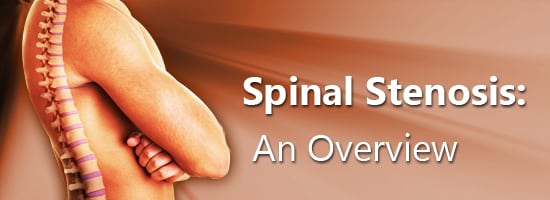
What is spinal stenosis?
Spinal stenosis is characterized by a narrowing of the spaces in the spine between vertebrae, causing pressure to be exerted upon the nerves of the spinal cord. This condition can develop gradually, over the course of many years. Many patients do not experience any symptoms until they begin to feel pain, weakness and/or numbness in various parts of their body. A specialty pain management doctor who is experienced in managing the unpleasant symptoms of this condition can vastly improve the quality of life for those who suffer from spinal stenosis.
What causes spinal stenosis?
The most common cause of spinal stenosis is aging. Wear and tear on connective tissues and ligaments may lead to a deterioration of the cushioning between vertebrae as an individual ages. Other common causes include:
- Formation of bone spurs
- Arthritis
- Spinal tumors
- Traumatic spinal injuries
- Hereditary problems of the skeleton or spine
What are the symptoms of spinal stenosis?
One of the most common indicators of spinal stenosis is lower back pain and unpleasant sensations that radiate down the leg, due to the pressure exerted on the nerves that control lower body functioning. Other common symptoms include:
- Loss of coordination
- Loss of balance, causing falls
- Difficulty and pain while walking
- Numbness in legs
- Painful tingling or burning sensations in the legs
How is spinal stenosis diagnosed and treated?
Diagnosing spinal stenosis can be challenging, as its symptoms are mimicked by many other conditions. Furthermore, a large percentage of people who develop spinal stenosis do not have a history of back injury or pain. The unusual leg sensations that individuals with this condition experience are commonly the first indicator that doctors take note of when formulating a diagnosis. Further imaging tests, such as x-rays or CT scans, might be performed in order to examine the condition of spinal tissues. Common treatments include:
- Posture development therapies
- Pain medication
- Rest
- Corrective surgery (in fewer cases)

